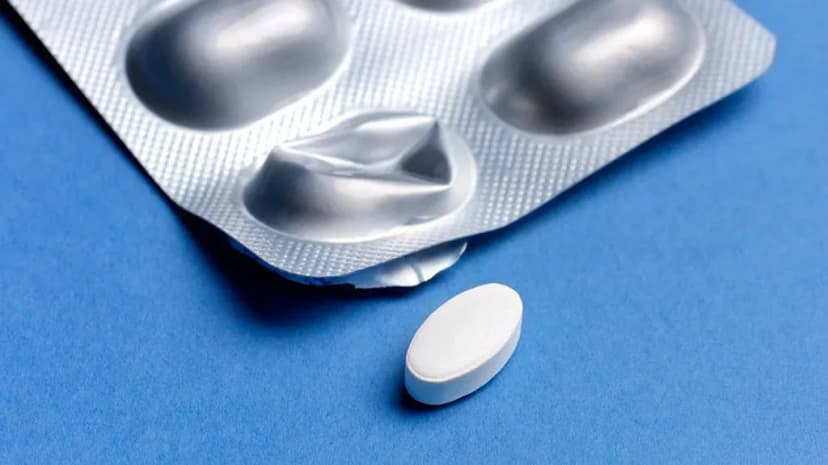About
The Global Wound Care Journal (GWCJ) is the official publication of the World Union of Wound Healing Societies. It is a biannual open access journal distinctively placed to explore all aspects of global wound management. It encompasses all aspects of assessment, prevention and management of wounds. All papers are double blind reviewed with a final decision regarding publication approximately 10 weeks following submission with on line publication ahead of print within 12 weeks of acceptance. Print versions will be available at the WUWHS conference.
Submission is free of charge. The journal particularly welcomes papers from Low Middle Income countries. We aim to encourage new authors additionally to well-established contributors to the wound care speciality.
Aims and Scope
The journal welcomes original papers from all healthcare professionals involved in wound management including, medical staff, nurses, podiatrists, physiotherapists, radiotherapists, radiographers, oncologists, occupational therapists, post graduate students (including PhD scholars) and academics. There are no author processing charges.
The editors welcome the following papers:
- Research papers: 2000 – 3,500 words
- Systematic Reviews: 2,500 – 4,000 words
- Review articles: 2000 – 3,500 words
- Clinical studies: 1,500 – 3,000 words
- Letters: 300 – 400 words
- News and Views: international perspectives, education initiatives, guidelines and different activities of groups and societies: 1,000 – 1,500 words
Benefits of Publishing in GWCJ
- No author processing fees
- Rapid review process
- Open access
- Online publication ahead of print
- Exposure of your work globally
Submissions are now open: All papers for consideration should be submitted to: submissions@omniamed.com; identifying type of manuscript e.g. research, review article, systematic review, clinical studies, letters. Referencing should follow the Harvard system
Download the Author Check List
Download the Editorial Policy and Guidance





